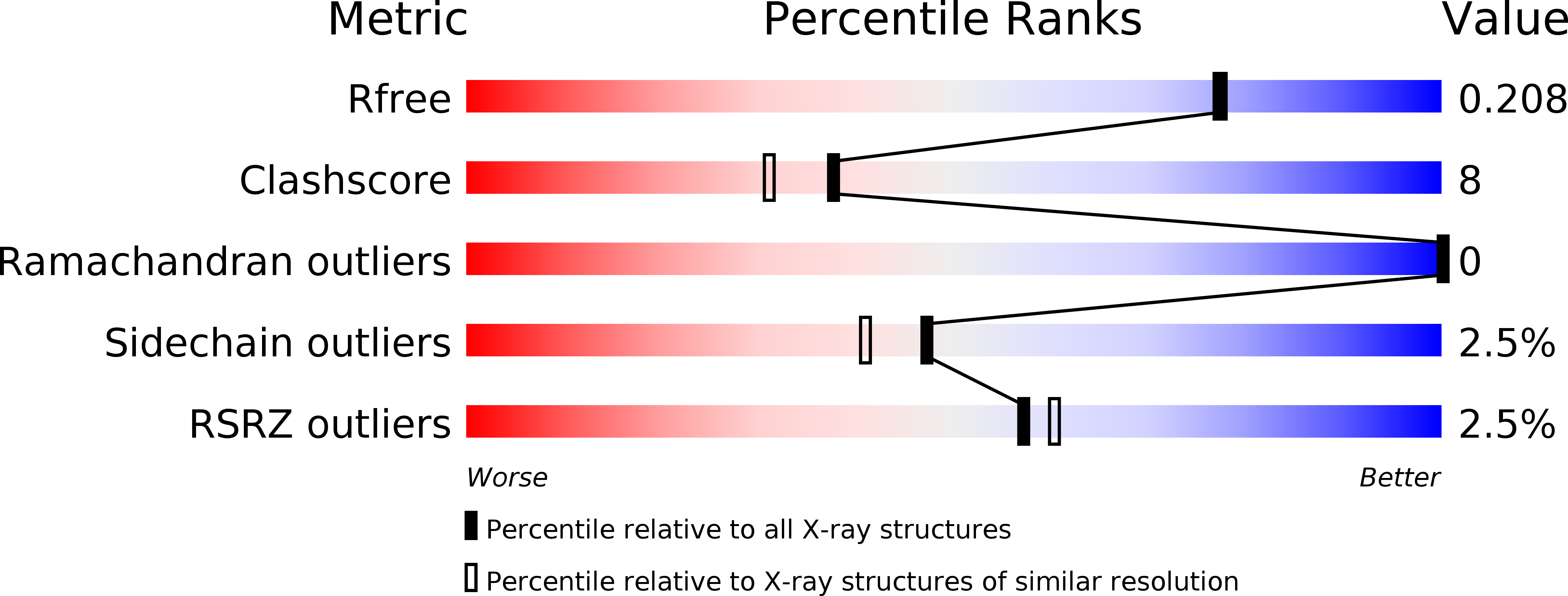
Deposition Date
2007-11-10
Release Date
2008-02-05
Last Version Date
2023-11-01
Entry Detail
PDB ID:
2ZCN
Keywords:
Title:
Crystal structure of IcaR, a repressor of the TetR family
Biological Source:
Source Organism:
Staphylococcus epidermidis (Taxon ID: 176279)
Host Organism:
Method Details:
Experimental Method:
Resolution:
1.90 Å
R-Value Free:
0.21
R-Value Work:
0.17
Space Group:
P 1 21 1


